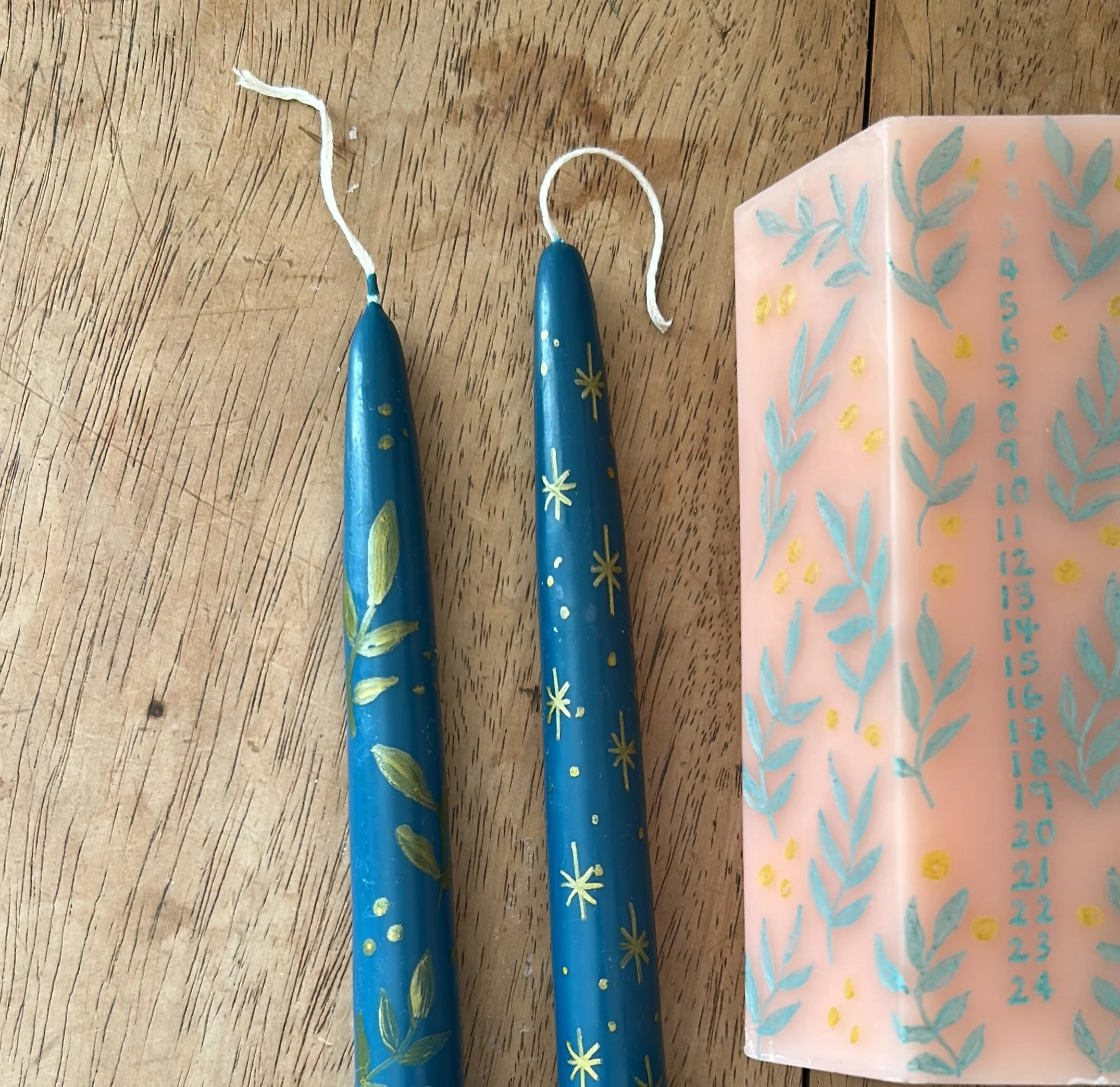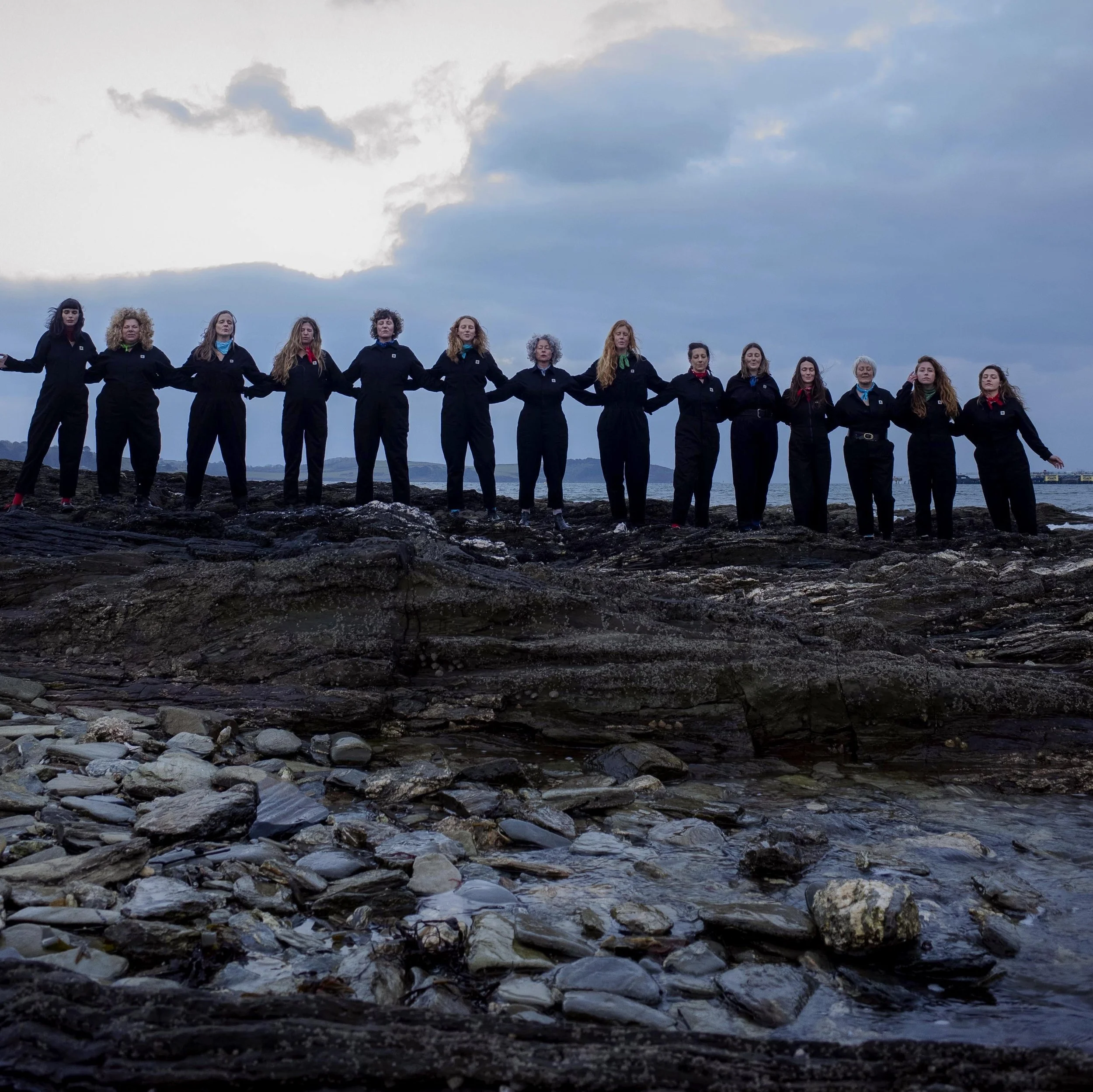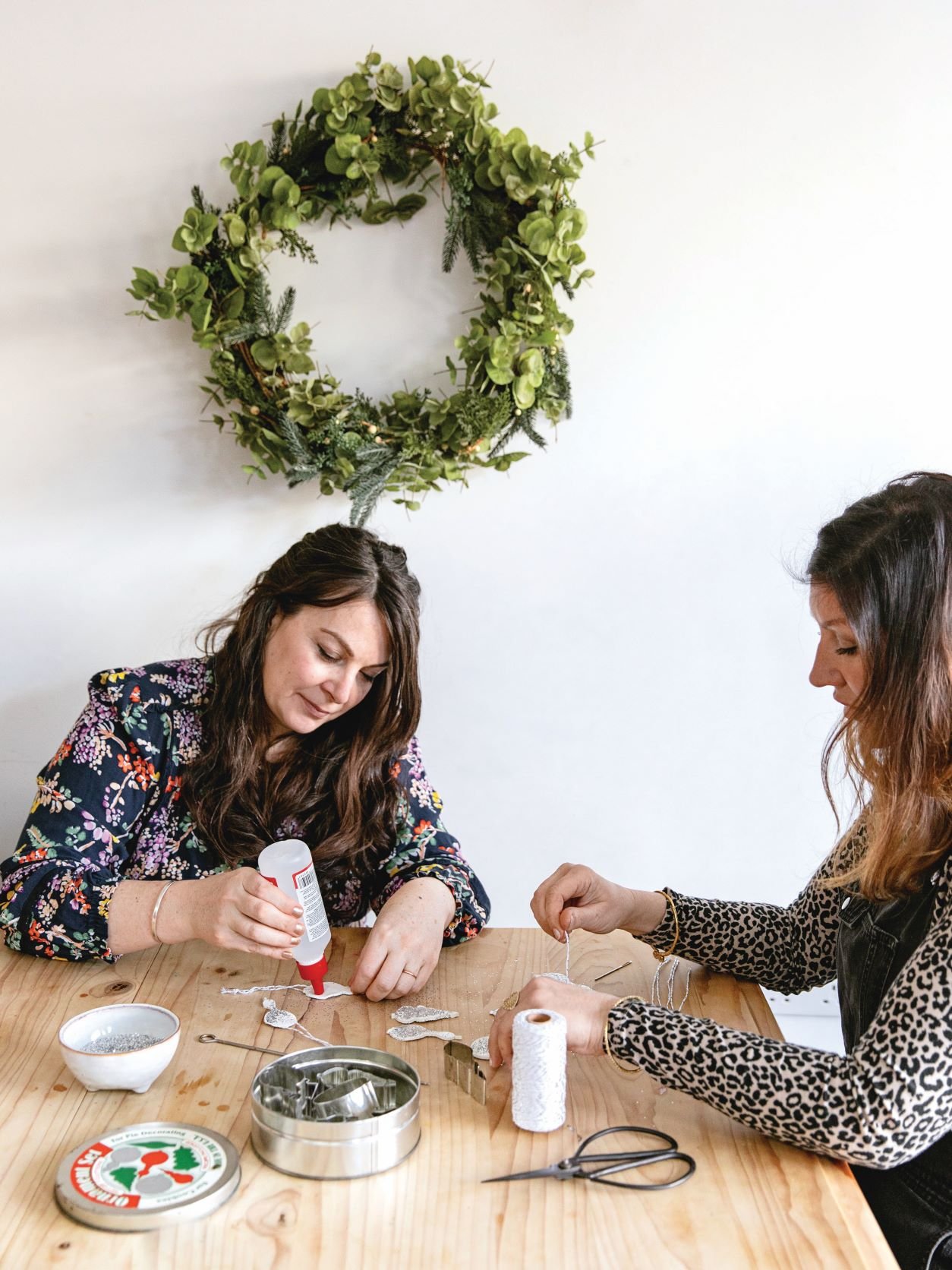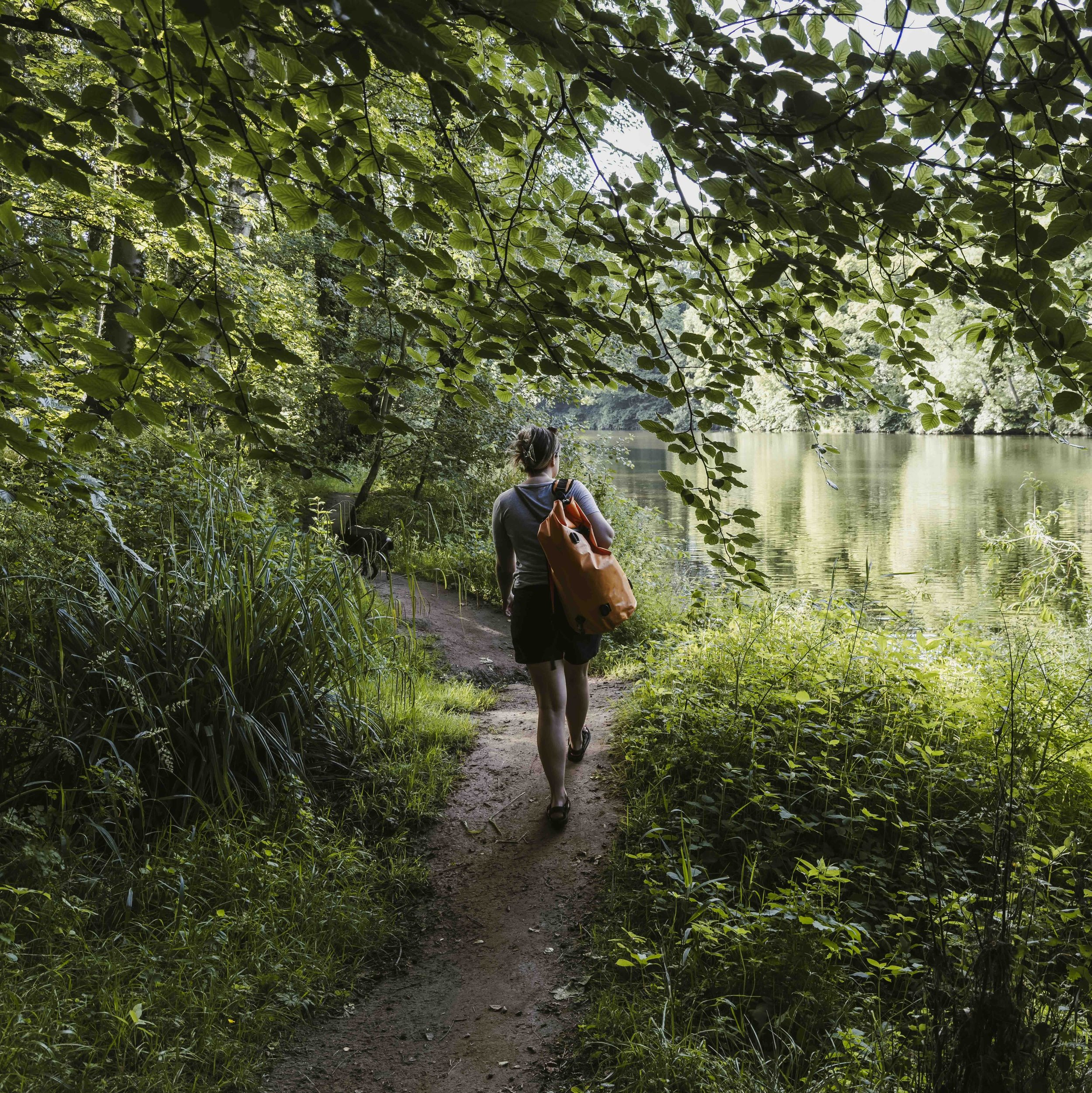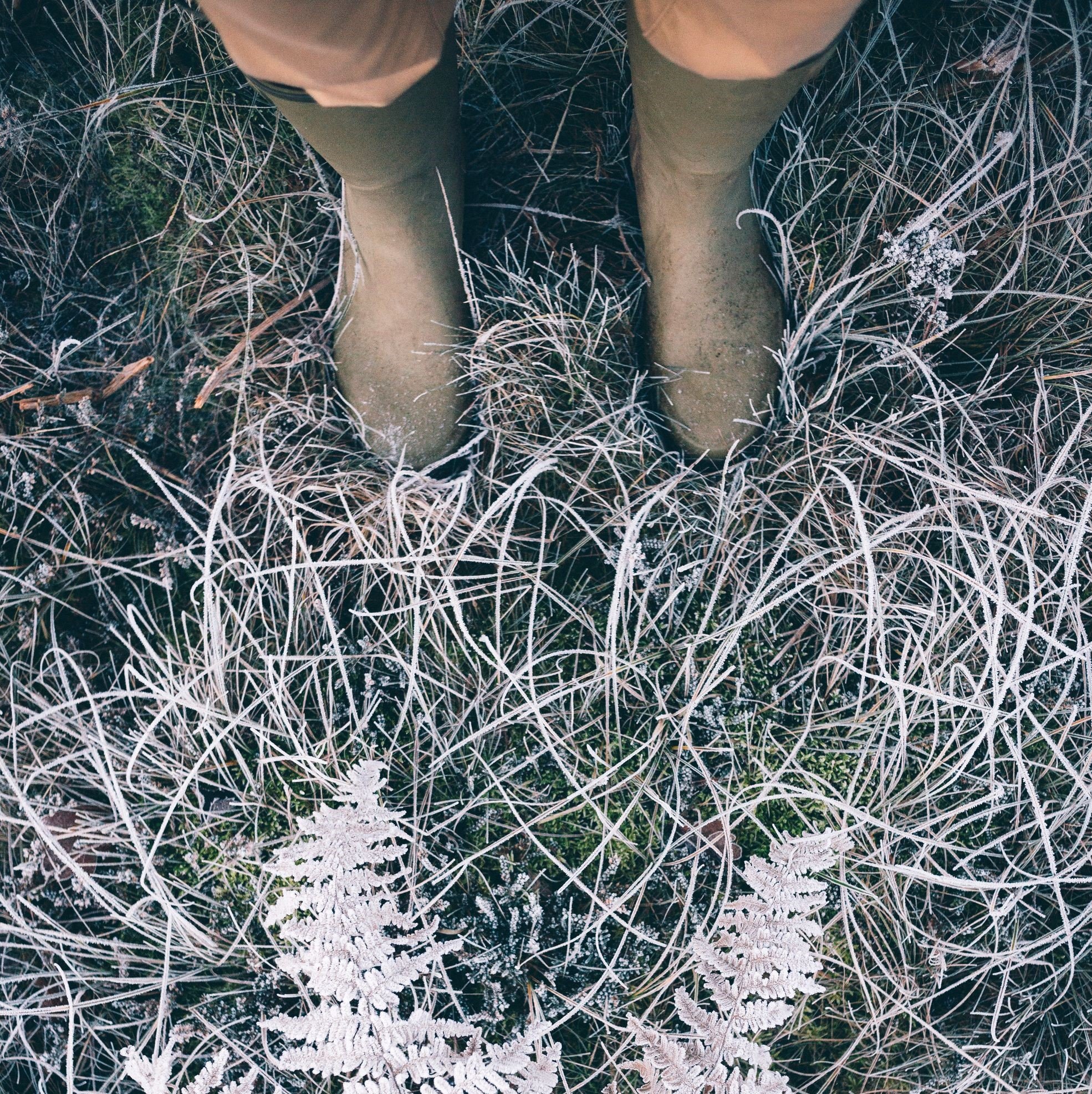With museums and galleries reopening, we’re sharing a few lesser known gems that are worth seeking out this summer
We’re so lucky here in the UK to have some of the world’s most amazing museums and galleries available to us. From the wonders of the Science Museum in Kensington to the beautiful architecture of the Kelvingrove Gallery in Glasgow. From the National Maritime Museum in Greenwich to art by the sea at Tate St Ives.
But look a little closer and almost every town and village in the UK has its own museum, some dedicated to local history, others simply collections of the weird and wonderful that someone has loved enough to put on display. There are museums of lawnmowers, collections of teapots (pictured above at Teapot Island in Kent) and everything in between.
As museums and galleries begin slowly to open, we thought we’d share some of The Simple Things team’s favourites around the country. Perhaps you can visit them on your travels this summer? Don’t forget to send us a postcard!
The Time Machine Museum of Science Fiction, Bromyard, Herefordshire
Editor Lisa Sykes recently visited the area and was disappointed to find this closed but having sadly pressed her nose against the glass is planning to return this summer and explore the Time Machine Museum thoroughly. It contains props, costumes and more from TV Science Fiction series including Doctor Who, Star Trek, Captain Scarlet, Thunderbirds, Red Dwarf and more, all displayed in a suitably creepy dungeon. It may be small but it’s like a TARDIS inside. In fact, there is a TARDIS inside.
The Hat Works Museum, Stockport, Cheshire
The Hat Works Museum was a favourite haunt of Sub Editor Abbie Miller’s delightful mum, who was a fan of excellent millinery and loved a jaunt here. Abbie’s hoping to explore it again herself next time she’s back ‘home’. Housed in a Grade II listed Victorian mill, you can see hats of all manner as well as learning about the hatting industry and hat blocking. Visit just for the joy of asking a curator: “Where DID you get that hat?!” Check website for opening.
Kettle’s Yard, Cambridge
This gallery started life as a home, belonging to a Tate curator, Jim Ede, and it retains its warmth and personality, making it a firm favourite for Deputy Editor, Frances Ambler. As well as the fine art, there are plenty of plants, carefully considered arrangements of found natural objects and plenty of places to stop, pause and take it all in. Kettles Yard is a really magic place.
Ditchling Museum of Arts and Crafts
Whenever Editor-at-Large, Iona Bower gets an afternoon to herself she sneaks off to Ditchling in West Sussex to be mesmerised by the rows of natural dyes Eric Gill fonts at the Arts and Crafts Museum. Ditchling is a tiny village so the museum feels strangely huge within it, but it houses internationally important works by some of the artists and craftspeople who flocked to Ditchling during the 20th century. The museum also has a fabulous shop and the best salted caramel brownies in the county, all housed in a beautiful converted farm building.
Pallant House Gallery, Chichester
Picture Researcher, Liz Boyd loves a day trip to Chichester to Pallant House Gallery, a permanent and rotating collection of artworks in a beautiful townhouse in picturesque streets. There’a a fabulous art shop there, too.
Hillbrush Brush-making Museum, Mere, Somerset
As eclectic as they come, this museum of brush-making, attached to the Hillbrush factory, is a favourite with Commissioning Editor, Lindsey Harrad. If you’re taking children with you, it’s worth knowing that they provide an excellent kids’ information pack, which includes mini brushes, so that they can sweep their away around the museum. Check website for opening times.
Derwent Pencil Museum, Keswick, Cumbria
In true Art Editor form, Joe McIntyre’s favourite museum is the Derwent Pencil Factory, home of the first pencil, and entered through its own graphite mine. You can also see secret WW2 pencils with hidden maps, an eight-metre long colouring pencil and more.
Pitt Rivers Museum, Oxford
Pitt Rivers is a favourite of Commissioning Editor, Karen Dunn, and is home to the University of Oxford’s archaeological and anthropological collections, including everything from totem poles to skulls. If you can manage to eat after that, there’s a decent cafe, too.
Buy this month's The Simple Things - buy, download or subscribe
More from our June issue…





